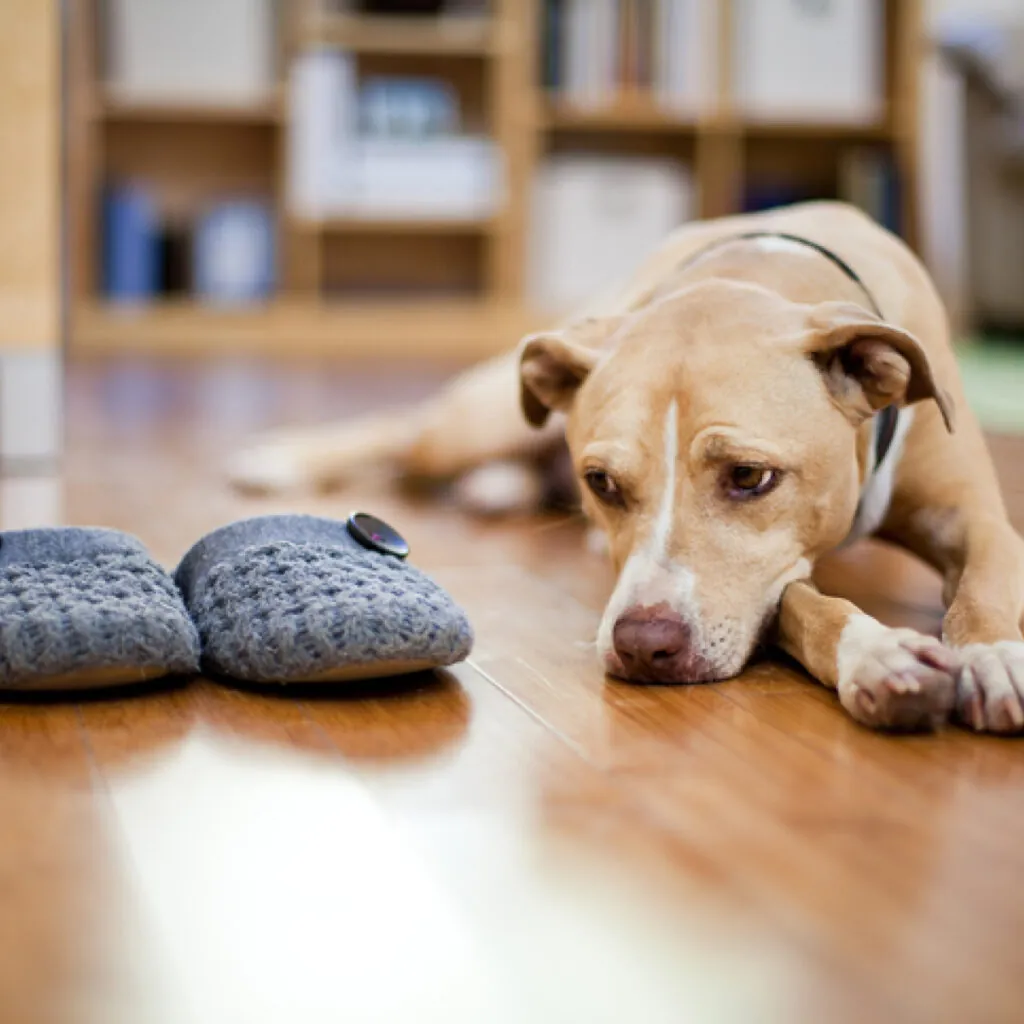No products in the cart.
Blog
How to Ease Your Pet’s Separation Anxiety?
How to Ease Your Pet’s Separation Anxiety? This is a question many pet owners grapple with as they strive to maintain a balanced environment for their furry friends. Pets, like humans, can experience anxiety when left alone, leading to distressing behaviors that can affect both the pet and the owner. Understanding how to ease your pet’s separation anxiety involves exploring various techniques and strategies that promote comfort and security for your beloved companion.
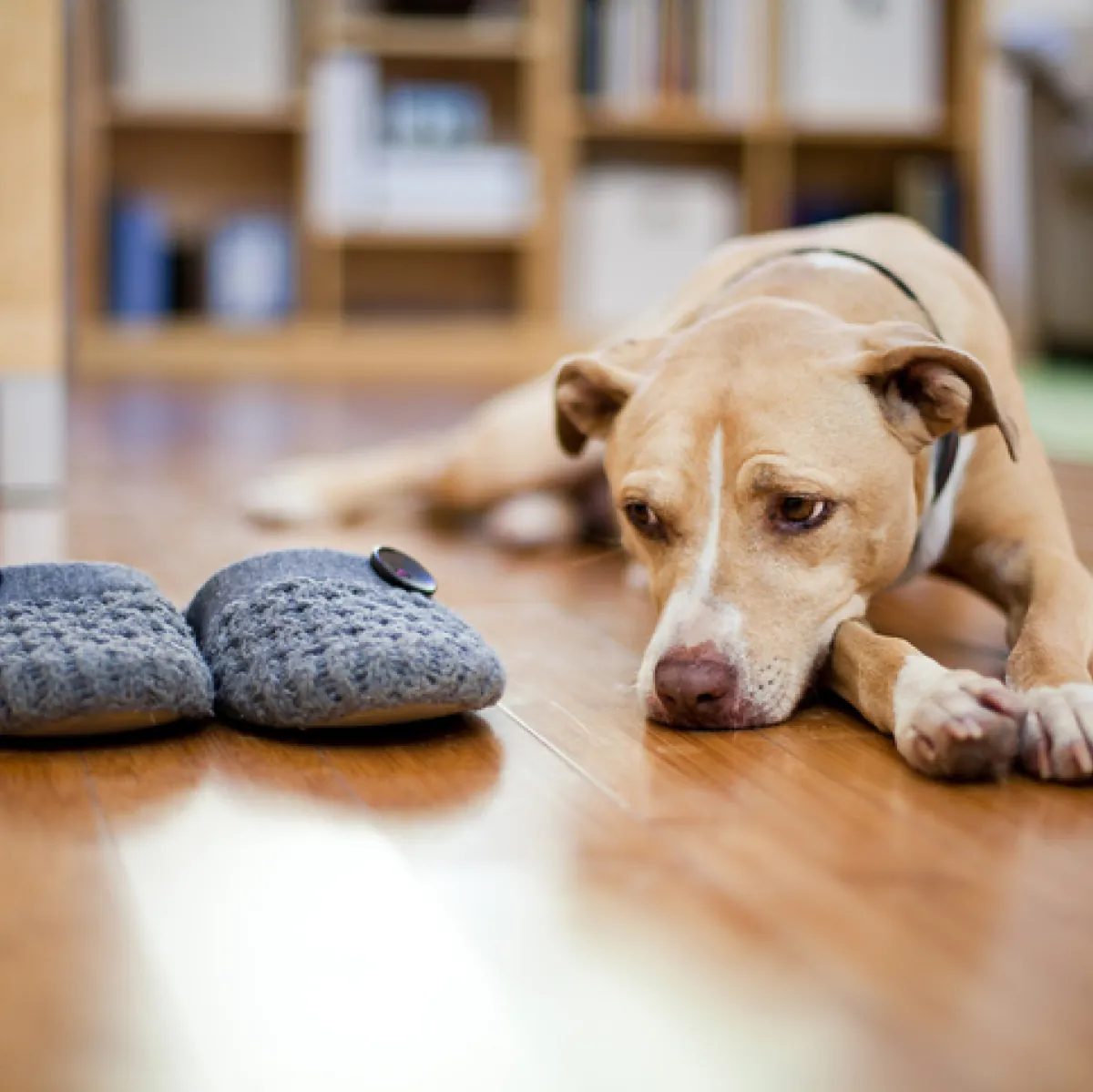
Understanding the Roots of Separation Anxiety
To effectively address the issue, it is essential to first comprehend what separation anxiety is and why it occurs in pets. Separation anxiety refers to a condition where pets exhibit signs of distress when separated from their guardians. This can manifest through excessive barking, destructive behavior, or even self-harm.
What Triggers Separation Anxiety in Pets?
There are several reasons why pets may develop separation anxiety.
One of the most common triggers is a significant change in their environment or routine. Moving homes, adding new family members, or even changing the work schedule of their owners can induce feelings of insecurity.
Another factor that can lead to this condition is a negative past experience. For instance, pets that were previously abandoned or lived through traumatic events may be more prone to anxiety when left alone.
Additionally, certain breeds are inherently more prone to anxiety. Breeds such as Labrador Retrievers and Border Collies thrive on companionship and can struggle when left alone for extended periods.
Recognizing the Signs of Separation Anxiety
Understanding how to ease your pet’s separation anxiety starts with recognizing its symptoms.
Common signs include excessive vocalization, destructive behaviors such as chewing furniture, inappropriate urination, or pacing. Other signs could include drooling, panting, or attempts to escape confinement.
Being observant of these behaviors will not only help you identify anxiety in your pet but also guide you in implementing effective strategies for easing their discomfort.
The Impact of Separation Anxiety on Your Pet
Separation anxiety can have profound effects on a pet’s overall well-being. Persistent anxiety may lead to health issues such as gastrointestinal problems, immune deficiencies, or chronic depression.
Moreover, the emotional toll on pet owners cannot be understated. Witnessing a beloved pet in distress can lead to feelings of guilt and helplessness. Thus, addressing this issue is vital for the health of both the pet and the owner.

1. Creating a Safe Space for Your Pet
Creating a secure environment is crucial in alleviating separation anxiety in pets. A safe space offers a retreat where your pet can feel comfortable and secure when you’re away.
Designating a Comfort Zone
Begin by identifying a specific area in your home where your pet can feel safe. This could be a cozy crate, a designated room, or a corner filled with their favorite toys and bedding.
Make this space inviting by incorporating items that carry your scent, such as an old t-shirt or blanket. Familiar smells can provide comfort and reinforce a sense of safety.
Using Calming Products
In addition to creating a physical safe space, consider incorporating calming products into your pet’s environment. There are numerous options available, including pheromone diffusers, calming sprays, and anxiety wraps.
Pheromone products mimic natural scents that can soothe and reassure your pet, while anxiety wraps provide gentle pressure, similar to swaddling a baby.
Furthermore, engaging with interactive toys can keep your pet entertained during your absence. Puzzle feeders or treat-dispensing toys stimulate their minds, making them less focused on your absence.
>>>Buy now: Ask Me About My Foster Dog Funny Dogs Lovers Hoodie
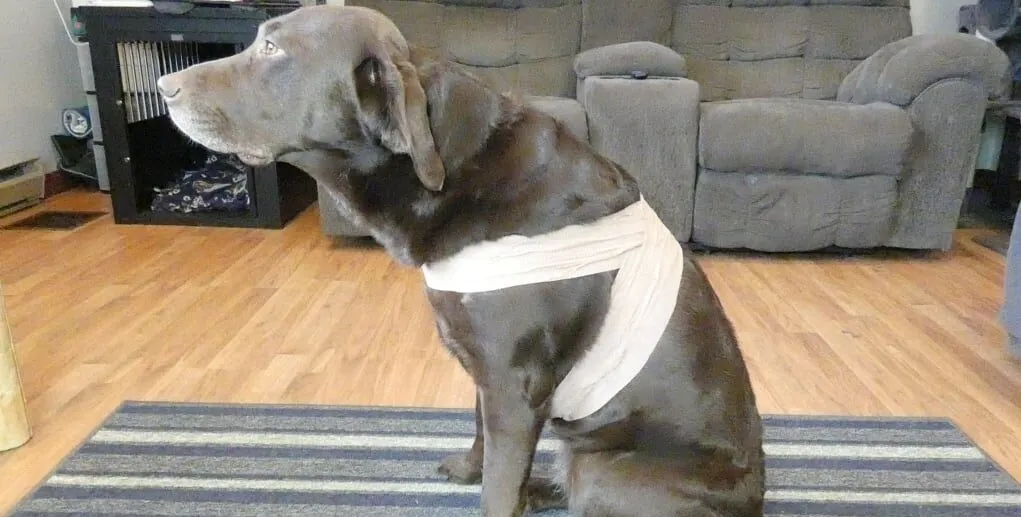
Establishing a Routine
Pets thrive on routine, and establishing a consistent schedule can significantly mitigate anxiety. Regular feeding, walking, and playtime routines create predictability, which helps your pet understand when to expect your presence.
When they know that you will return at the same time each day, it builds trust and reduces anxiety about being left alone.
2. Training Techniques to Alleviate Anxiety
Training plays a fundamental role in helping ease your pet’s separation anxiety. Behavioral modifications can equip your pet with coping skills to deal with separation more effectively.
Gradual Desensitization
Gradual desensitization is a technique where you slowly acclimate your pet to being alone. Start with short departures, leaving your pet for just a few minutes.
Upon returning, do not make a big fuss over your pet; instead, remain calm and composed. Gradually increase the duration of your absences as your pet becomes more comfortable.
This method helps de-link the association between your departure and their anxiety, fostering a greater sense of independence.
Counterconditioning
Counterconditioning involves changing your pet’s emotional response to being alone. To implement this technique, provide your pet with a special treat or toy that they only receive when you leave.
By associating your absence with positive experiences, your pet will begin to view the situation more favorably. Over time, this technique can help reduce anxiety and create a more relaxed state when you depart.
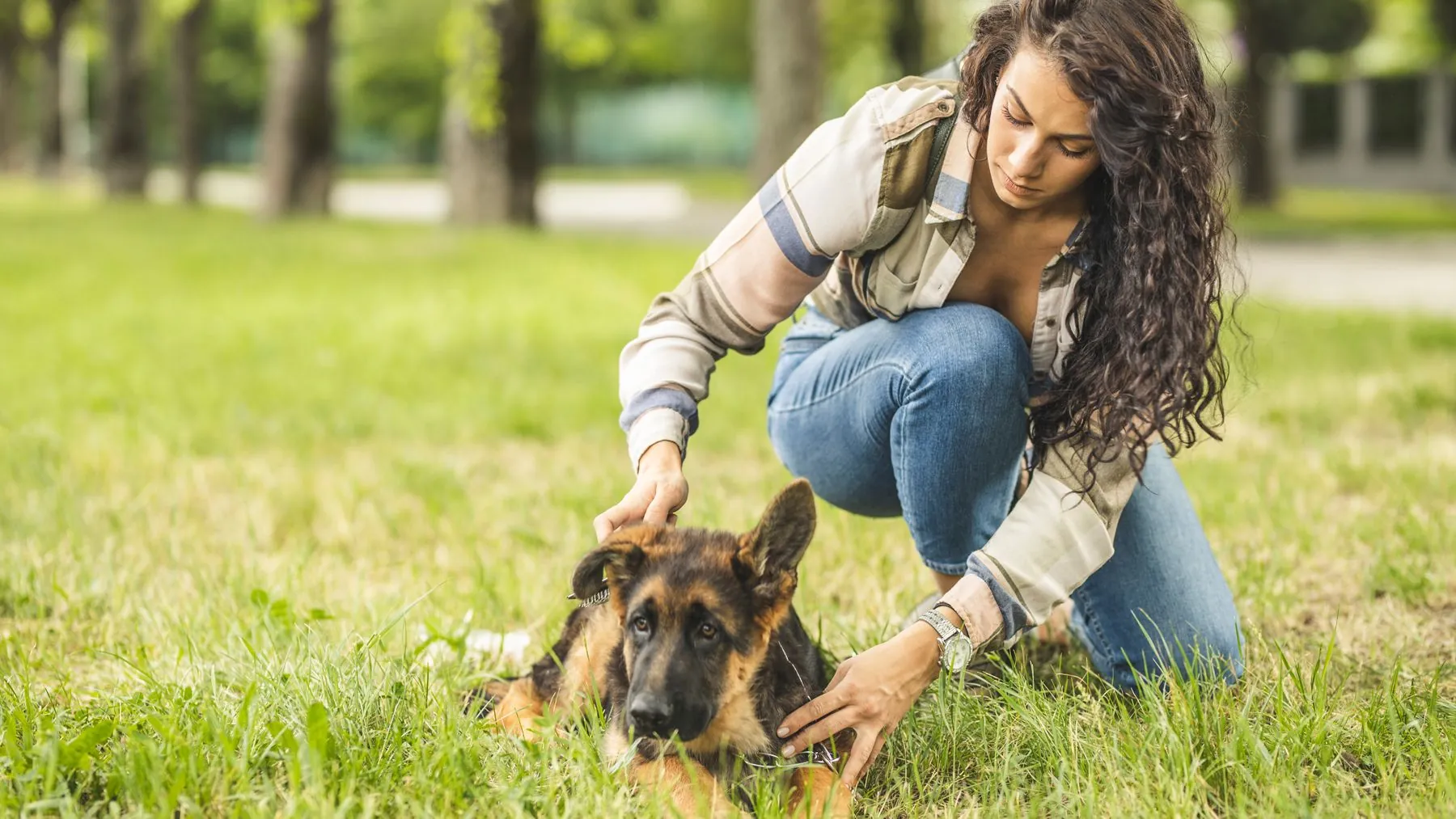
Professional Training Assistance
If the above techniques prove challenging, consider seeking professional help. Dog trainers or animal behaviorists can offer tailored training programs suited to your pet’s unique needs.
These professionals often have additional tools and insights that can expedite the process, guiding you toward successful outcomes more efficiently.
3. Utilizing Technology to Support Your Pet
Modern technology can serve as a valuable ally in easing your pet’s separation anxiety. Various devices and apps are now available to help monitor your pet’s behavior when you are away.
Interactive Cameras
Interactive pet cameras allow you to see and communicate with your pet remotely. Many come with features that let you dispense treats or engage in two-way audio.
Observing your pet while you are gone can provide peace of mind and allow you to intervene if they display signs of distress.
Smart Feeders
Smart feeders offer a convenient way to ensure your pet’s feeding schedule remains undisturbed, even when you’re not home. These devices enable you to control meal portions and timing via smartphone apps.
Implementing a consistent feeding schedule can contribute to a feeling of stability in your pet’s routine.
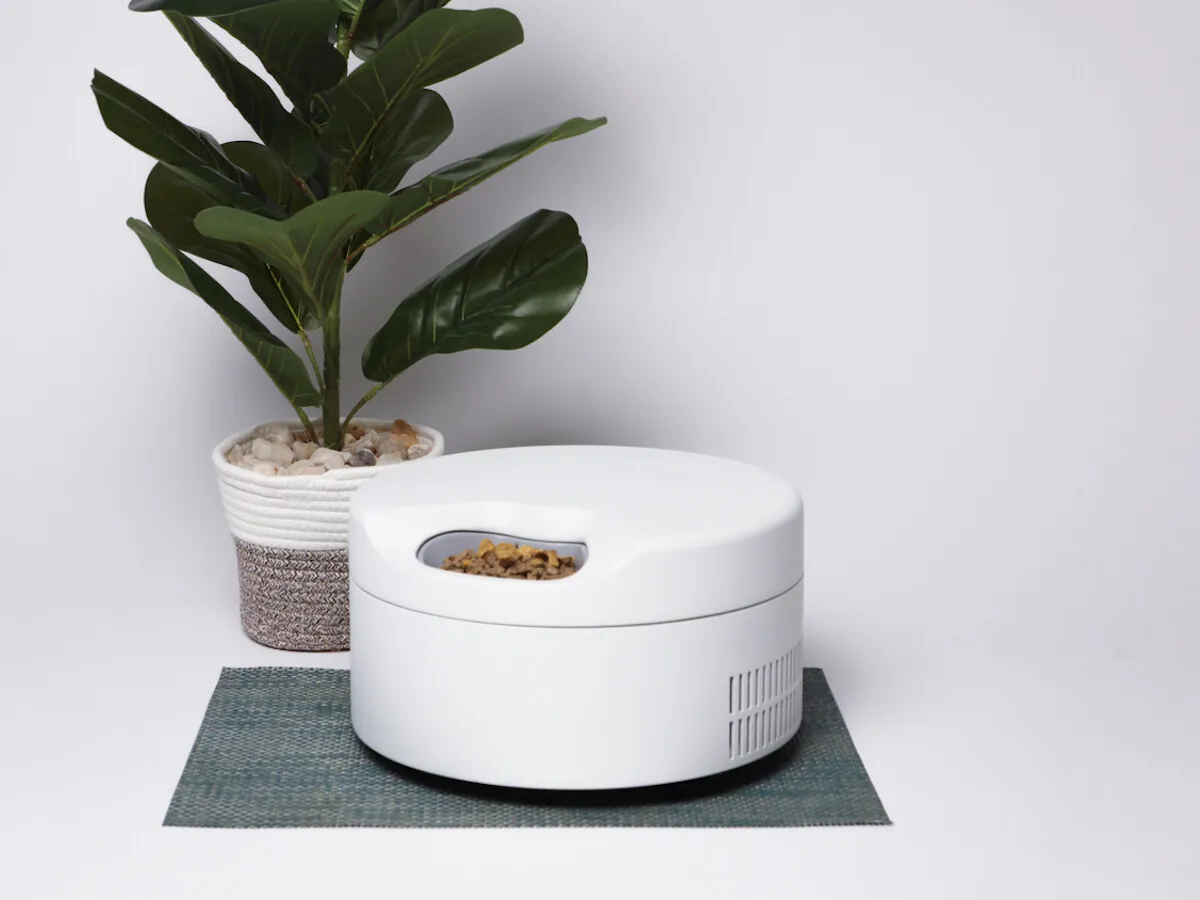
Apps for Monitoring Behavior
Several mobile applications are designed to track your pet’s behavior and anxiety levels. These tools can assist you in documenting patterns and identifying triggers that exacerbate their anxiety.
The data collected can then inform your approach to management and training, allowing for a more personalized strategy.
FAQs
What are the signs of separation anxiety in pets?
Symptoms can include excessive barking, destructive behavior, inappropriate elimination, pacing, and signs of distress like drooling or panting.
Can I train my pet out of separation anxiety?
Yes, using techniques like gradual desensitization and counterconditioning can help train your pet to cope better with being alone.
Is medication necessary for pets with severe separation anxiety?
In some cases, medication may be recommended by a veterinarian as a part of a comprehensive treatment plan, especially if behavioral methods alone are insufficient.
How long does it take to alleviate separation anxiety in pets?
The timeline varies depending on the individual pet and the severity of the anxiety. Some pets may show improvement within weeks, while others might require months of consistent training and support.
Are certain breeds more prone to separation anxiety than others?
Yes, breeds like Labrador Retrievers, German Shepherds, and Border Collies tend to be more susceptible to separation anxiety due to their need for companionship and social interaction.
Conclusion
In conclusion, knowing how to ease your pet’s separation anxiety entails understanding the underlying causes, creating a safe and comforting environment, employing training techniques, and leveraging modern technology. It’s a multifaceted approach that requires patience, consistency, and compassion. By taking proactive steps to address these issues, you can help your pet navigate their anxieties more effectively, ensuring a happier and healthier relationship for both of you. Remember, every pet is unique, and what works for one may not work for another; thus, remain flexible in your approach, seek professional advice if necessary, and above all, shower your pet with love and reassurance.


